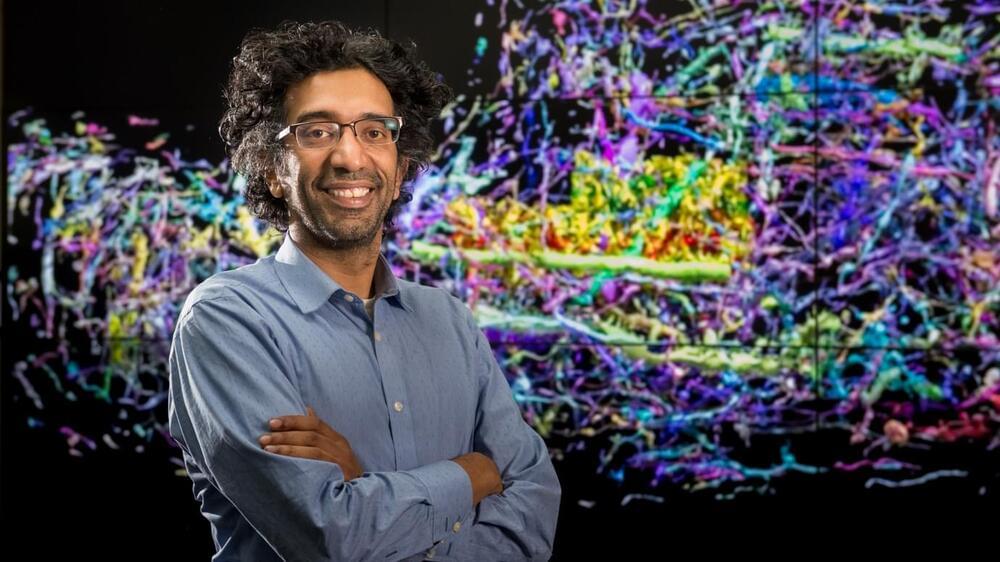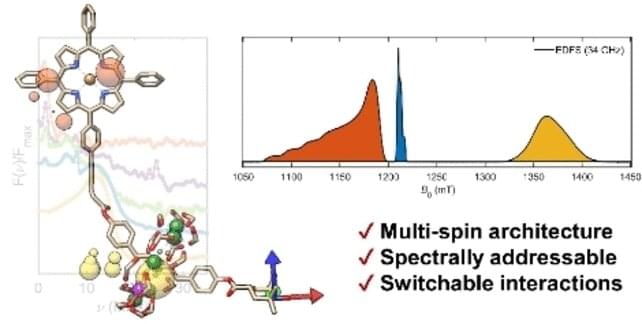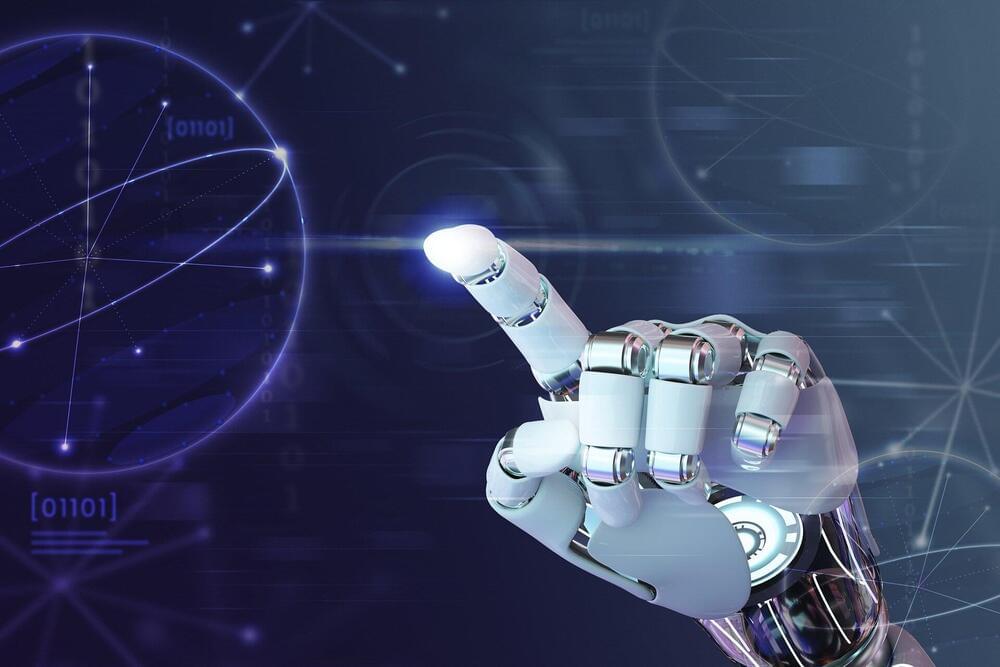Imagine taking a star twice the mass of the sun and crushing it to the size of Manhattan. The result would be a neutron star—one of the densest objects found anywhere in the universe, exceeding the density of any material found naturally on Earth by a factor of tens of trillions. Neutron stars are extraordinary astrophysical objects in their own right, but their extreme densities might also allow them to function as laboratories for studying fundamental questions of nuclear physics, under conditions that could never be reproduced on Earth.
Because of these exotic conditions, scientists still do not understand what exactly neutron stars themselves are made from, their so-called “equation of state” (EoS). Determining this is a major goal of modern astrophysics research. A new piece of the puzzle, constraining the range of possibilities, has been discovered by a pair of scholars at IAS: Carolyn Raithel, John N. Bahcall Fellow in the School of Natural Sciences; and Elias Most, Member in the School and John A. Wheeler Fellow at Princeton University. Their work was recently published in The Astrophysical Journal Letters.
Ideally, scientists would like to peek inside these exotic objects, but they are too small and distant to be imaged with standard telescopes. Scientists rely instead on indirect properties that they can measure—like the mass and radius of a neutron star—to calculate the EoS, the same way that one might use the length of two sides of a right-angled triangle to work out its hypotenuse. However, the radius of a neutron star is very difficult to measure precisely. One promising alternative for future observations is to instead use a quantity called the “peak spectral frequency” (or f2) in its place.






